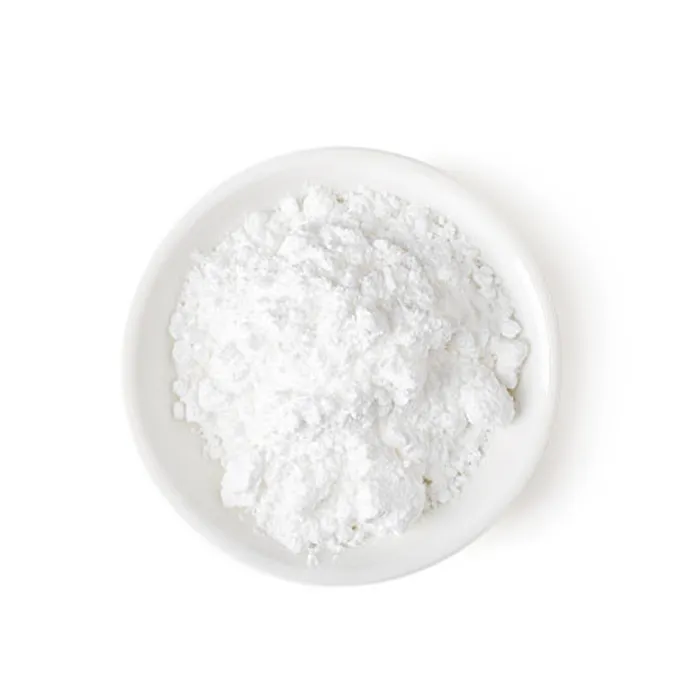Inside the Supply Chain: 6 Amino 1 3 Dimethyluracil for R&D and Scale-Up
If you work in nucleobase chemistry or specialty intermediates, you’ve probably bumped into 6 Amino 1 3 Dimethyluracil more than once. It’s a modest-looking uracil derivative that keeps showing up in synthesis routes for APIs, crop-protection scaffolds, and even some high-performance dyes. To be honest, demand has been steadily creeping up over the last 18 months—especially from pharma CDMOs that want consistent impurity profiles with short lead times.

What it is (and why labs keep ordering it)
Market chatter suggests formulators prize 6 Amino 1 3 Dimethyluracil for its stable ring system and predictable reactivity at C-6. In fact, it slots neatly into nucleoside analog programs and custom heterocycle libraries. Real-world users say it’s forgiving in scale-up—less batch-to-batch drama, fewer surprise peaks during HPLC release. That matters.
Quick technical spec (typical CoA values)
| Product | 6-Amino-1,3-Dimethyluracil (solid, off-white to pale beige) |
| Assay (HPLC) | ≥ 99.0% (typical 99.3–99.7%) |
| Moisture (KF) | ≤ 0.5% |
| Resid. Solvents | Meets ICH Q3C limits (per CoA) |
| Melting Point | reported range ≈ depends on polymorph; refer to CoA |
| Solubility | Slight in water; better in polar aprotic solvents (real-world use may vary) |
| Storage | Tightly closed, 15–25°C, dry, away from light |
| Shelf Life | 24 months (unopened) |
| Origin | Xingye Street, Economic & Technological Development Zone, Shijiazhuang, China |
Process flow and QA snapshot
- Materials: protected uracil precursor, methylating agents, amination reagent, phase-transfer base, solvent system (DMF/MeCN, validated alternatives).
- Methods: selective N-methylation → C-6 amination → work-up and crystallization → vacuum drying. In-process HPLC and TLC checks.
- Testing standards: HPLC per USP ; ID by NMR/IR; water by Karl Fischer; residual solvents per ICH Q3C; heavy metals by ICP-MS (as needed).
- Service life: stable for ≈24 months sealed; retest after opening recommended.
- Industries: pharma intermediates, agrochemical discovery, pigments/dyes, academic synthesis.
Where it’s used (and why it helps)
- Nucleoside analog leads for antiviral/oncology screens.
- Heterocycle building block in SAR campaigns.
- Specialty dye precursors where ring substitution patterns matter.
Advantages? Consistent purity, workable solubility, and—surprisingly—clean downstream deprotection profiles. Many customers say it reduces clean-up time.
Vendor comparison (indicative)
| Vendor | Purity (HPLC) | Lead Time | MOQ | Certifications | Customization |
|---|---|---|---|---|---|
| KXD Chem (Shijiazhuang) | 99.0–99.7% | 7–14 days (stock), 3–5 wks (scale) | 1–5 kg | ISO 9001; REACH-ready docs | Particle size, solvent residual targets |
| Trader A | ≥ 98.0% | 4–6 weeks | 5–25 kg | Basic QC | Limited |
| Supplier B | 99.0% (typ.) | 2–4 weeks | 1 kg | ISO claimed | Custom pack only |
Customization and real-world cases
- Custom specs: tuned HPLC assay (≥99.5%), tight moisture control (≤0.2%), and impurity fingerprinting to customer methods (USP/Ph. Eur. style).
- Case study (pharma CDMO): Switching to 6 Amino 1 3 Dimethyluracil from Shijiazhuang cut mother liquor losses by ≈12% and brought a chromatography step down from 2 passes to 1, according to a client-side pilot report.
- Case study (agro R&D): A dye-intermediate route shaved one day off cycle time after adopting a higher-solids crystallization protocol—small tweak, big payoff.
Compliance, safety, and feedback
Documentation typically includes CoA, SDS, and method sheets aligned with USP and ICH guidance. REACH-related data sets are available on request. Users mention clean NMRs and fewer late-eluting HPLC peaks—always nice when you’re racing a filing deadline.
References:

